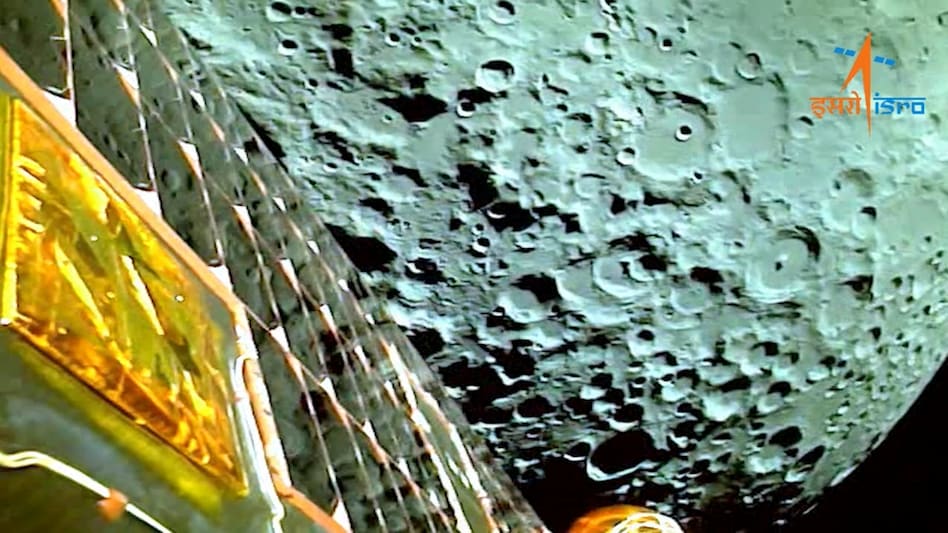 Moon
Moon
 Moon
MoonEarlier this week on Wednesday, India achieved a significant milestone as the lander module of Chandrayaan-3, carrying a rover onboard, executed a smooth lunar landing, making India the fourth nation to accomplish this feat. At exactly 6:03 pm, the lander gently touched down on the lunar surface.
This achievement triggered exuberant celebrations at the Mission Operations Complex (MOX) located at ISRO Telemetry, Tracking, and Command Network (ISTRAC) in Bengaluru. With this accomplishment, India proudly joins the exclusive league of countries that includes the United States, Russia, and China. Remarkably, India also secures its place as the pioneer in landing at the moon's south pole, further enhancing the nation's space exploration achievements.
Now that the rover is exploring the dark side of the moon, let’s take a quick look into what exactly it means. And no, it's not some plot for a Transformers movie!
The term "dark side of the moon" is a bit of a misnomer. The Moon is tidally locked to Earth, meaning one side (the side facing Earth) is always visible from our planet, and the other side (referred to as the "far side") is never visible from Earth. However, both sides of the Moon experience alternating periods of light and darkness due to its rotation and its orbit around Earth.
The confusion arises from the fact that the far side of the Moon was not visible to humans until the advent of space exploration. Before that, it was often referred to as the "dark side" simply because it was unseen. In reality, the far side of the Moon receives just as much sunlight as the side facing Earth; it's not permanently dark.
The far side of the Moon has been explored by various space missions, including the Soviet Union's Luna missions and China's Chang'e missions. These missions have provided valuable insights into the geology, topography, and composition of the far side of the Moon, dispelling the myth of its perpetual darkness.
Also Read
Battle of the billionaires: Elon Musk vs Mark Zuckerberg cage match could make over $1 billion
Chandrayaan-3 poised to unlock future energy source on the moon; know all about it
For Unparalleled coverage of India's Businesses and Economy – Subscribe to Business Today Magazine